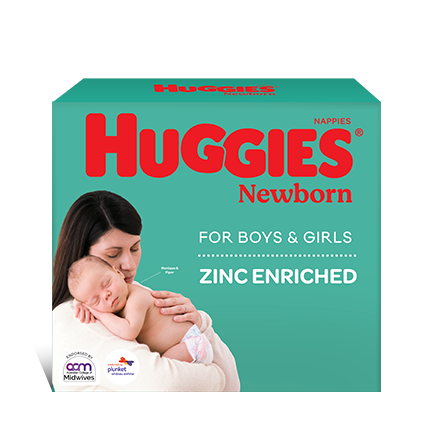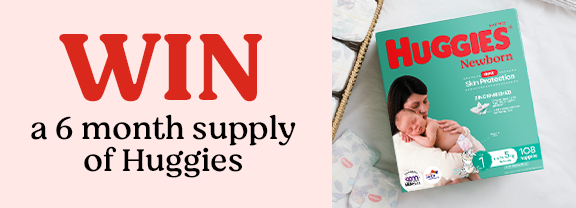Through play infants and toddlers learn about themselves, about others, and about the world around them. Finding out what things are, and what they do becomes a key focus of your child’s attention and efforts. Play builds the imagination, stimulates the senses and creates opportunities for success. The benefits of play are so great that every day should be a day of play!
As a parent, you are your child’s very first and most important playmate. You can foster play through interaction and by providing developmentally appropriate toys, materials and experiences. Infant-parent play encourages babies to explore their surroundings, enhances attention (while ensuring infants do not become over-aroused), promotes language development and provides babies with a feeling of control over their environment, necessary for fostering self-confidence and intellectual growth. As well as promoting key skills important for later development, playtime can be an especially important bonding time for you and your child.
Infant Play and Development – Birth to 12 months
Ways to Stimulate your Baby
- Help your baby to become aware of his hands using finger play or massage
- Help baby to roll by placing objects just beyond his reach when lying on the floor
- Prepare legs for walking by playing standing & bouncing games. At around five months you can help baby to stand up by gently pulling on his arms. Try to work at your baby's pace.
- Encourage reaching and grasping by offering your baby interesting toys
- Introduce new gestures for communication (e.g., putting your arms out when you go to pick him up)
- Provide him with a collection of objects for making sounds (e.g., pots, drums, bells, maracas)
- Put on some music and help baby clap hands, clap feet, or bicycle legs. Show baby how you clap hands, wriggle fingers, twirl and bob up and down.
- Don’t stick to commercial toys – nothing is more fun than a bag full or colourful crunchy paper or a box of Tupperware!
- Gauge your baby’s moods, if they are happy and fresh you might be able to play more active games, but if tired or unsettled they may prefer to be rocked or sung to – downtime is important too!
Basic Play Materials
Rattles, black & white toys or toys with high contrast designs, mobiles, play gyms, bells, rattles, toys that incorporate varied textures and sound (young babies rely on their senses to learn), wrist rattles and foot finders, musical toys (ones that baby can activate), cloth balls, cloth books, soft blocks, teething toys, colourful pictures and books, pictures of people/faces, mirrors (great for encouraging tummy time once your baby is about 2.5 months), activity mats, recorded music, cause-and-effect toys.
Add from 6 months: wooden blocks, lightweight colourful balls, paddling pool, toy telephones, toy animals, activity walkers that babies can hold on to, outdoor toys and swings.
Activities to do with your Toddler
- Your child will benefit from having a wide variety of playthings and rotate these regularly
- Choose toys that have multiple uses like play-doh or wooden blocks (your child can build with it, use it as a phone, bang it on the floor)
- Toddlers learn best through imitation, let them see you engaged in lots of activities
- Include materials that will help promote pretend play (i.e., cardboard boxes, blocks, miniature toys)
- Encourage independence through activities like self-feeding
- Encourage manipulative skills through finger songs, construction play, drawing and simple art and craft activities
- Children are becoming increasingly social – join a playgroup, visit parks (monitor play, stepping in when problems arise)
- Sing songs and read books (and avoid too much screen-time) – point to the pictures as you read, help your toddler to name objects
Basic Play Materials
Push and pull toys, balls of different sizes, simple puzzles with large pieces and knobs (loose fit is preferable so children do not get frustrated), peg boards, posting boxes, shape sorters, stacking toys, paper and large crayons for drawing, riding toys, toys for sandpit and water play (e.g., mini spades and rakes, buckets, cups of different sizes), miniature life toys (e.g., iron, tea cups, lawn mowers, shopping carts), dolls, cars/trucks, simple musical instruments (e.g., drum), paddling pools, cubby house, activity gyms/climbing frames.
This article was written by Dr Cathrine Neilsen-Hewett, PhD, Consultant and Lecturer, Institute of Early Childhood, Macquarie University
Last Published* May, 2024
*Please note that the published date may not be the same as the date that the content was created and that information above may have changed since.























